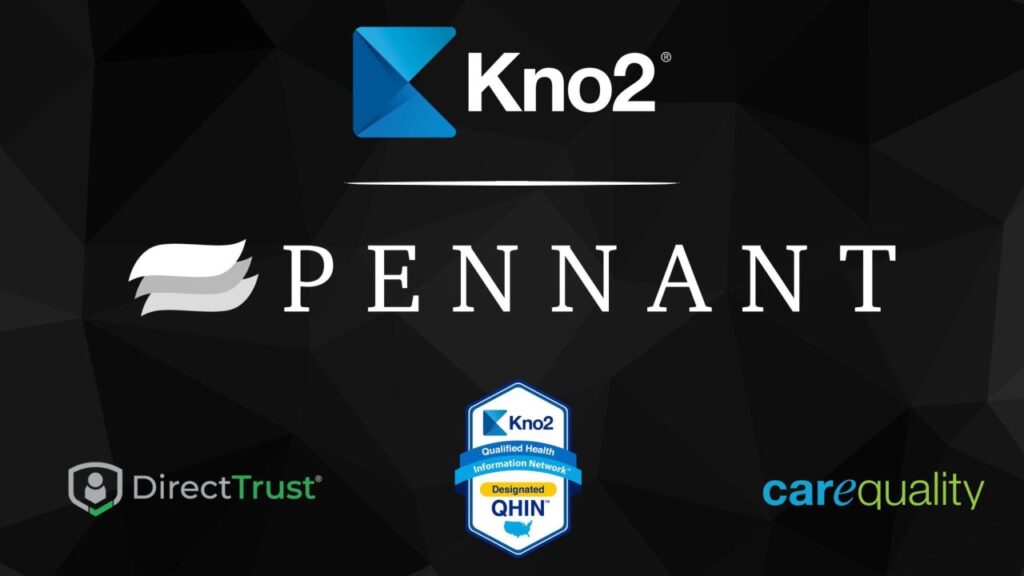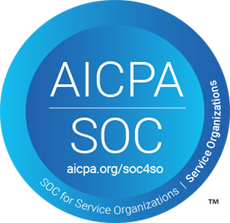Nurses working in the frontlines of healthcare today are absolute heroes. The stakes are higher than ever, morale is at an all-time low, and patient need is growing at rates we can scarcely accommodate. With the exodus occurring across healthcare professions, losing nurses is a very real crisis that is impacting everything from a patient’s ability to schedule a timely appointment to how long a patient remains NPO in the delayed queue for surgery (a very real pain point). Addressing this crisis requires more than expensive technical solutions, which in many ways can actually increase the burden on already-exhausted clinical staff. Instead, leveraging some of the connectivity tools already widely available as part of the interoperability infrastructure in place can provide quick gains in improving communication, empowering Home Health nurses, and reducing spend and churn by capitalizing on simple workflows for these out-of-band pros with minimal downtime or spend.
Shifting Home Health Focus from Paperwork to Patients
Nurses have to obtain an incredible amount of knowledge and experience to earn and keep their licenses. Working in the Home Health space in particular also requires an incredible knack for the “soft skills” that make caring for the most at-need patients outside of acute and inpatient settings more than just medical in nature. All the more reason, when we ask nurses to spend a significant portion of their time and energy shuffling paperwork and wrestling with fax machines, we are sacrificing that attention that could be given to patients.
Turning Home Healthcare nurses into administrative clerks robs patients of the opportunities to benefit from these pros’ incredible skills and care. It also robs nurses of job satisfaction and meaning in their vital role in the healthcare continuum. This has very serious implications for performance, retention, and patient outcomes. So securing and automating processes like records exchange and records request, referral management, and even basic appointment coordination for patients goes a long way in putting the administrative tasks of Home Health in their proper (less prominent) place.
Home Health Nurses Have A Critical “Need To Know”
We’ve talked before about how EMS providers are often limited in access to patient information when it’s needed most, and the same is true for Home Health providers. The problem with point-to-point faxing, for example, is that it limits the scope of information available. So you’ve got the medication list for the patient at hand, but what about recent labs? What about the surgical report from the recent procedure with which you’re helping them recover? What about the care report from the skilled nursing facility? To have to individually ping and wait for documentation from all of these providers to paint the whole picture of the patient’s health is cumbersome and frankly not going to happen.
Giving Home Health nurses true connectivity via simple tools like our Kno2fy Communication Portal allows them to not only send and receive information, but also to FIND information from a connected network of providers. This is a game-changer for improving outcomes by eliminating gaps in data, while also increasing providers’ confidence in their approach to their patients and care plans.
Keep Your Peeps
Hanging on to great Home Health nurses should be a top priority for not only the post-acute sector, but for those of us in the healthcare industry at large. We are relying heavily on those who venture into patients’ homes to deliver the care that keeps them out of the ED and on the path to wellness. By improving connectivity via solutions like Direct and our communication portal for sending, receiving, and finding patient data, Home Health nurses get the boost in morale they need to focus on patients versus paperwork, and this means reduced churn for Home Health agencies and better outcomes for everyone!
We’d call that a solid win-win.






